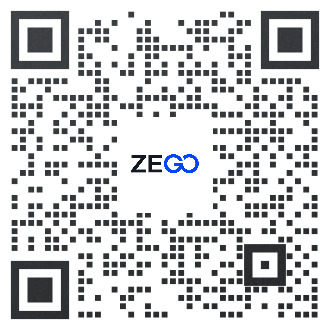What are the Alternatives After the Discontinuation of Avatar and MetaWorld Products and Their Related Solutions?
Products / Plugins:Digital Human API
Platform / Framework:All
Last updated:2024-06-07 11:14
Starting from May 31, 2024, the Avatar Virtual Image and MetaWorld Virtual World products, along with their three supporting solutions (Virtual Nest, Virtual Live Streaming, Virtual Chat), have been discontinued from the official website.
You can refer to the Digital Human PaaS and other AIGC-related products to achieve similar scenarios.
Overview of Intelligent Avatar PaaS Service
The Intelligent Avatar PaaS Service, based on the underlying AI capabilities of the Intelligent Avatar, helps developers generate Intelligent Avatar file videos or create audio and video streams through cloud interfaces, flexibly applicable to various Intelligent Avatar scenarios, such as short video creation, live broadcasting, etc.
To use this product to create live streaming and push streams, please pair with Video Call.
Product Advantages
Rapid Integration
Simply call the server-side API to quickly implement features. Developers do not need to deploy and maintain the server-side, significantly reducing development costs and helping products to launch quickly.
Rich Intelligent Avatar Configuration
Supports multi-dimensional configuration interfaces such as format, resolution, tone, and image, flexibly applicable to various application scenarios.
Flexible Creation Methods
Supports the generation of asynchronous video files and real-time audio and video streams, meeting the application scenarios of short videos or live broadcasting.
Application Scenarios
| Scenario | Description |
|---|---|
| Short Video Production | The server-side API interface provides configurations needed for short video production of Intelligent Avatars, including background, image, tone, etc. Supports different video formats, different resolutions, and asynchronous generation of Intelligent Avatar video files. |
| Intelligent Avatar Live Streaming | Developers call the server-side API to create an Intelligent Avatar video stream task, drive the Intelligent Avatar with text or voice, and push the stream to ZEGO Real-Time Audio and Video Cloud (RTC) in the form of real-time audio and video stream. The client pulls the stream to watch the live broadcast and achieves Intelligent Avatar live streaming. |
| Interactive Q&A | Developers call the server-side API to create an Intelligent Avatar video stream task. After obtaining the content of the user's questions, the Intelligent Avatar is driven by text or voice to answer, and the stream is pushed to ZEGO Real-Time Audio and Video Cloud (RTC) in the form of real-time audio and video stream. The client pulls the stream to get the Intelligent Avatar's reply screen, achieving Intelligent Avatar interaction. |
Feature Characteristics
| Main Features | Feature Description |
|---|---|
| Intelligent Avatar Asset Inquiry | Developers call the server-side API to inquire about the available public/custom Intelligent Avatar images, tones, etc. |
| Support for Asynchronous/Real-Time Video Synthesis Methods | Supports video generation in the form of files or audio and video streams. |
| Support for Different Streaming Media Formats and Resolutions | Packaging formats: MP4, WebM (supports Alpha transparency channel). Video resolution: 1080P, 2K. |
| Text-to-Speech | Supports text-to-speech capabilities. |
| Language Large Model | Supports question input, outputs AI copy through the language large model. |

